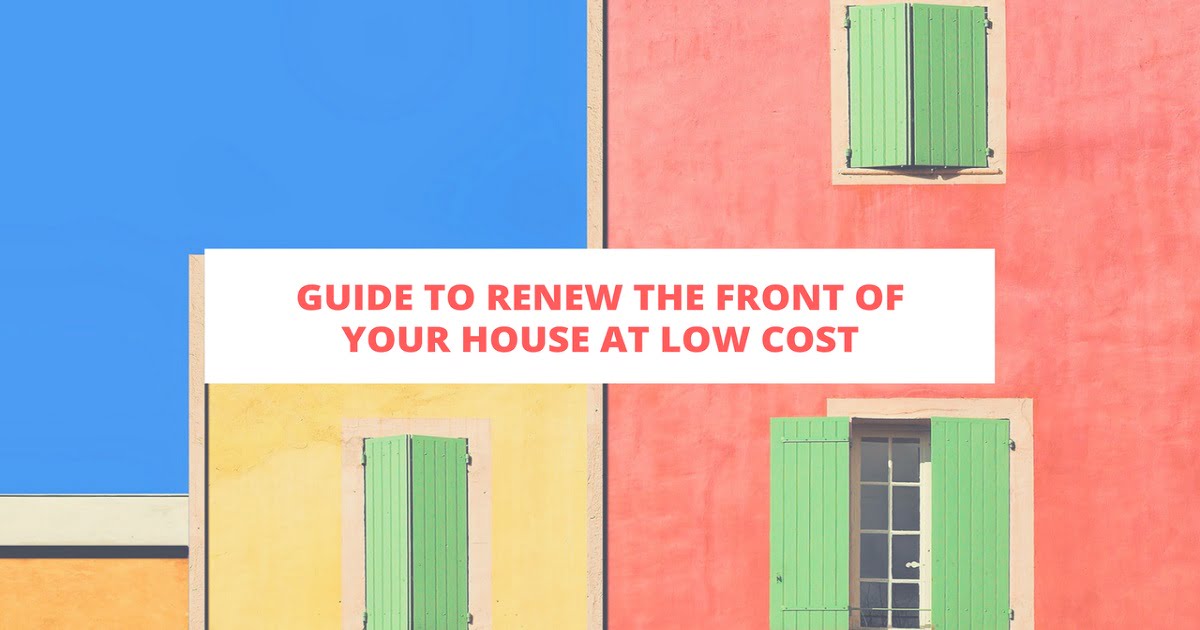The LEED certification is a certification system for sustainable buildings, here we present the points that this certification takes into account and why it is so important to know it.
Today in Arquinétpolis we will talk about a very interesting topic, which is that buildings that are friendly to the environment or that have some point of sustainability are designed and built in the world. This time we will talk about the LEED certification system (whose acronym stands for Leadership in Energy & Environmental Design) This is a certification system that began to be implemented as of the year 1993 in the United States.
What is LEED Certification and how does it work?
Basically this system is composed of a set of rules or rules to have greater energy efficiency in buildings. It is based on the incorporation into the project of aspects related to energy efficiency, the use of alternative energies, the improvement of the internal environmental quality and the efficiency of water consumption to give some examples. This certification seeks to substantially increase the environmental quality of the new buildings.
The LEED certification is available in various construction genres, among which we can find the following.
- New construction and remodeling
- Existing buildings improved with green technologies
- Urban equipment (schools, hospitals, government buildings, etc.).
How does LEED Certification work?
The LEED system is a scoring system where buildings must earn «credits» or points that help them achieve one of the different certifications that exist. The five categories on which this system is based are: Sustainable sites, saving water, energy and atmosphere, materials and resources and environmental quality of the interiors. The number of points obtained by the project determines the level of LEED certification that the project will receive.

How to apply the BIM Technology in an Architectural Project?

What is SEMIOTICS in Architecture?

Guide to Renew the FRONT OF YOUR HOUSE at Low Cost

Advantages and Uses of BAMBOO FOR CONSTRUCTION

Post Production RENDERING TIPS
How to maintain a WOOD DECK?
The LEED Certification is available in four progressive levels according to the following scale:
- LEED certificate
- Silver Certificate (LEED Silver)
- Gold Certificate (LEED Gold)
- Platinum Certificate (LEED Platinum)
In total you can get 110 credits or points, from 40 you can get the first LEED Certification, the range of credits for the different certifications is as follows:
- 40 to 49 points LEED Certificate
- 50 to 59 points Silver Certificate (LEED Silver)
- 60 to 79 points Gold Certificate (LEED Gold)
- 80 or more points Platinum Certificate (LEED Platinum)
Categories taken into account
These credits or points are divided into the following categories:
- Location and Transportation (16 points)
- Sustainable sites (10 points)
- Efficient use of water (11 points)
- Energy and Atmosphere (33 points)
- Materials and Resources (13 points)
- Indoor Environment Quality (16 points)
- Innovation in design (6 points)
- Regional Priority (4 points)
Types of LEED certification
There are several types of LEED certification that depend on the type of construction or type of construction they belong to, within the types of LEED certification that we can find are the following:
- LEED for New Constructions. It is designed mainly for new constructions, all recent buildings of different genres can enter this category. From office buildings, residential buildings, government buildings, urban equipment, churches, etc.
- LEED for Existing Buildings. LEED for existing buildings is implemented and focuses basically in terms of building maintenance, exterior maintenance, recycling programs, as well as the energy efficiency of the building are points to consider in this type of certification.
- LEED for Housing. This certification promotes the eco-techniques applied to housing, focuses on the energy efficiency of housing as well as waste management and the reduction of greenhouse gas emissions.
More LEED’s Certification
- LEED for Neighborhoods. This certification includes an area of urban action where they integrate the principles of sustainability and efficiency in the whole environment, for this they must comply with high ecological standards.
- LEED for educational institutions. All educational buildings are included in this certification. They are intended to integrate ecological and sustainable principles, both in energy efficiency and in the management of waste and the use of natural resources.
What are the benefits of LEED Certification for a building? - Projects with LEED certification are definitely less expensive to operate and maintain, in addition to saving water and energy. This type of buildings in the real estate market has leases of greater value than conventional buildings, since they are healthier and safer for those who live in them.
What are the benefits of LEED Certification for a building?
Projects with LEED certification are definitely less expensive to operate and maintain, in addition to saving water and energy. This type of buildings in the real estate market has leases of greater value than conventional buildings, since they are healthier and safer for those who live in them.
In Latin America the number of buildings with LEED certification has been growing considerably, countries such as Brazil have grown their buildings exponentially in terms of sustainability, the case of Brazil is exemplary since all the sports infrastructure developed for the World Cup Brazil 2014 and for the Olympic Games Rio 2016 has this certification.
Well friends, as you can see the LEED certification is important in terms of sustainability, every time there is a greater number of projects and constructions that begin to be energy efficient and to use natural resources more responsibly. We hope that the post has been to your liking and remember that for more content like this you have to visit and recommend https://arquinetpolis.com

